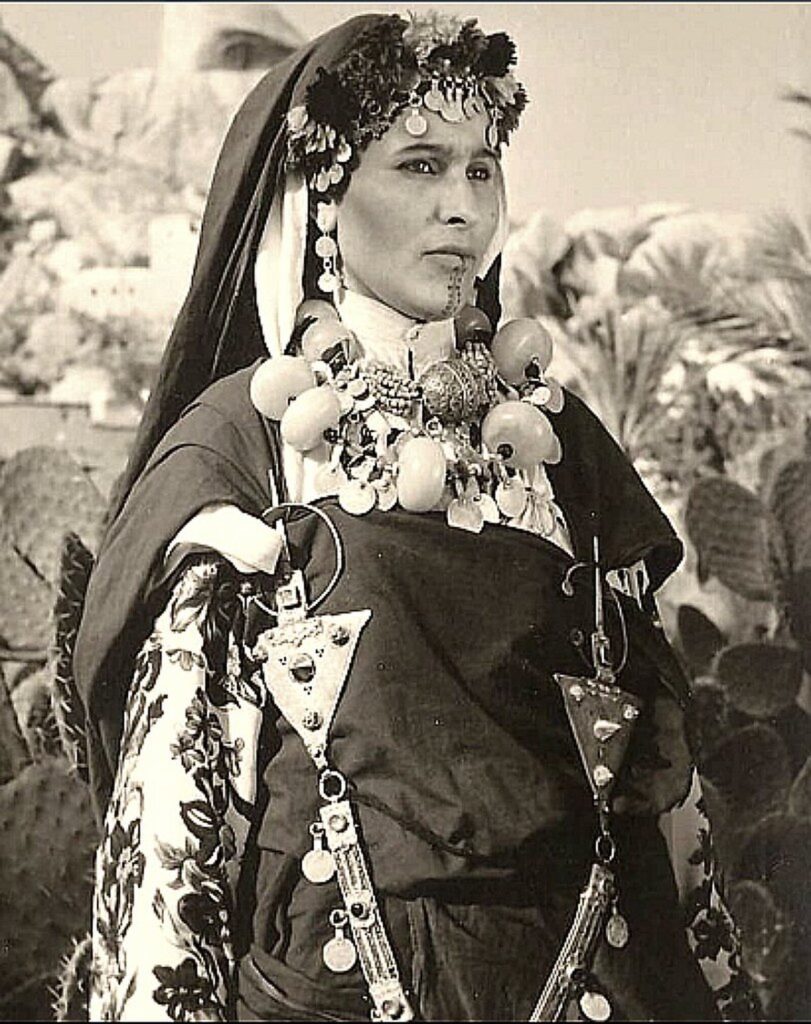The Arabization of North Africa: A Journey Through History and Cultural Transformation

By: Rania Basria | Arab America Contributing Writer
Arabization in North Africa symbolizes a major cultural and linguistic transition that has had a considerable impact on the region’s identity. This process, which began in the seventh century with the rise of Islam and Arab conquests, has left an unmistakable impact on modern-day Morocco, Algeria, Tunisia, Libya, and Mauritania. Arab America contributing writer, Rania Basria says this complicated phenomenon necessitates an examination of its historical origins, critical phases, and long-term effects on North African communities.
Prior to the Arab conquests, North Africa was a cultural and linguistic diversity. Indigenous Berber (Amazigh) inhabitants had lived in the region for millennia, establishing complex customs and social systems. The Phoenicians, who founded Carthage, had an impact on North Africa’s coastal districts, as did the Romans, who integrated the region into their empire. These exchanges resulted in cultural fusion and some Latinization, particularly in cities.
The Arabization of North Africa began with the Islamic conquests in the 7th century. The Umayyad Caliphate dispatched soldiers into North Africa with the goal of expanding its territory and spreading Islam. Military conquest and the creation of Islamic administration propelled Arabization in its early stages. Cities such as Kairouan in modern-day Tunisia rose to prominence as hubs of Islamic study and culture. The growth of Islam was critical to the Arabization process, as conversion to Islam frequently required the use of Arabic for religious, governmental, and social purposes.
As Arab settlers migrated into North Africa, they mixed with the indigenous Berber peoples. This connection was not one-sided; although Arabic became the dominant language, Berber languages and cultural traditions remained, especially in rural and mountainous areas. Over time, a syncretic civilization developed, combining Arab and Berber features. Arabization was slow and uneven, with major differences between areas and communities.
The establishment of powerful Arab-Berber families helped to reinforce North Africa’s Arabization. The Almoravid and Almohad dynasties, which sprang from the Berber territories, adopted and encouraged Arab-Islamic culture. They expanded their dominion throughout North Africa and into Spain, promoting the spread of Arabic language and Islamic beliefs. These dynasties also founded madrasas (Islamic schools) and promoted Arabic as the primary language of study and governance.
Colonial control in the nineteenth and twentieth centuries halted but did not reverse the Arabization trend. European countries, notably France, attempted to impose their language and culture on North African communities. However, resistance to colonial control frequently entailed a reaffirmation of Arab-Islamic identity. The quest for independence in the mid-twentieth century saw a fresh emphasis on Arabization as newly independent governments strove to build national identities distinct from their colonial origins. Governments established initiatives to promote Arabic in education, media, and public life, which further marginalized Berber languages.
Arabization has left its mark on North Africa’s language and cultural environment. In most nations, Arabic is the major language, used for school education as well as government and media. However, Berber languages and traditions have seen a rebirth in recent decades. Movements for the acknowledgment and preservation of Berber identity have gained traction, resulting in formal recognition of Berber languages in countries such as Morocco and Algeria.
The Arabization of North Africa reflects the region’s dynamic and complex past. It demonstrates how invasion, assimilation, and resistance may all contribute to the evolution of cultural and linguistic identities. While Arabic and Islam have become fundamental parts of North African identity, the survival and resurrection of Berber culture demonstrate the region’s lasting diversity. Understanding this history sheds light on the intricate interplay of factors that built North Africa and continue to impact its present and destiny.
Arabization has had a long-lasting influence on North Africa’s architectural and artistic history. Islamic architectural traditions, such as the use of elaborate geometric patterns, calligraphy, and the construction of large mosques and palaces, were popular. Cities such as Fez, Marrakech, and Algiers are well-known for its Islamic architecture, which combines Arab and Berber features, reflecting the syncretic culture that resulted from centuries of interaction. Furthermore, North Africa’s musical traditions, which combine both Arab and Berber influences, reflect the region’s diverse cultural heritage.
In addition to cultural and linguistic developments, Arabization in North Africa resulted in substantial economic transformations. North Africa’s incorporation into the larger Islamic world benefited trade and commerce by connecting the region to key trade routes across the Sahara and Mediterranean. This economic connection aided the growth of North African towns and the establishment of sophisticated urban centers that played important roles in the medieval Islamic world.
The legacy of Arabization still shapes North Africa’s present political environment. Identity, linguistic policy, and cultural heritage continue to be key issues in political debate and policy making. In recent years, there has been a rising acknowledgment of the need of addressing Berber tribes’ historical marginalization and promoting inclusive policies that honour the region’s unique cultural history. This has resulted in reforms to education, media, and administration aimed at cultivating a more inclusive national identity.
The Arabization of North Africa is a complicated and multidimensional historical process that has left an indelible mark on the region’s identity, culture, and socioeconomic progress. It emphasizes the complex interaction of invasion, assimilation, and resistance in forming cultural and linguistic identities. As North Africa navigates the difficulties and possibilities of the twenty-first century, the lessons of its Arabization history remain pertinent, providing significant insights into cultural change processes as well as the significance of maintaining and promoting variety.
Check out our Blog here!








